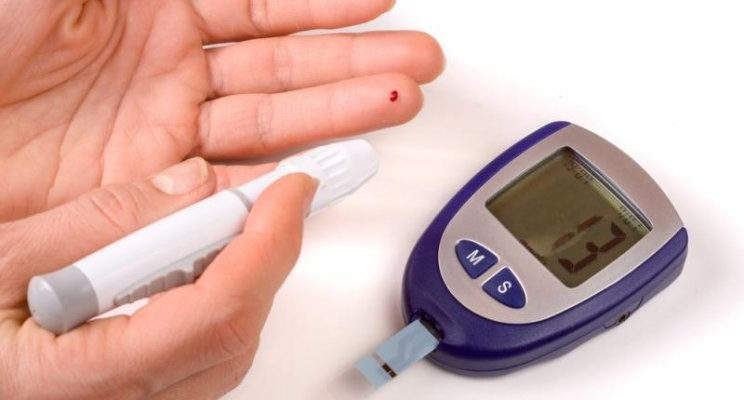Gujarat’s battle with diabetes is getting worse, as evidenced by the 33 percent increase in anti-diabetic medication sales over the previous five years.
According to data from Pharmarack, the Moving Annual Total (MAT) sales of anti-diabetic drugs increased dramatically from Rs 728 crore in October 2020 to Rs 970 crore in October 2024. This suggests that diabetes is becoming more common and that there is a growing need for more all-encompassing treatment alternatives to combat the threat.
The usage of combination medications has increased, which is noteworthy because it suggests that co-morbidities with diabetes are more common. Sales of oral anti-diabetic (OAD) combinations increased by 55 percent, from Rs 359 crore to Rs 558 crore.
In addition to controlling blood sugar, OADs also treat cardiovascular disease (CVD), a deadly condition that frequently affects diabetics and other co-morbidities. “The pharmaceutical industry is dominated by OAD combinations, with the majority of sales going to drugs like glimepiride and metformin. These are becoming more popular because they can treat diabetes and related co-morbidities, which include problems with the heart, kidneys, and eyes. The increase in combination treatments demonstrates how diabetes care is changing to target glycaemic management and the condition’s wider dangers, where controlling blood sugar levels becomes crucial,” Sheetal Sapale, vice president, Pharmarack, has been quoted in a section of the media.
Glimepiride and metformin are among the top five OAD combinations sold in Gujarat, with sales of Rs 149 crore in the October 2024 MAT. The data also shows that glimepiride and metformin with pioglitazone (Rs 43 crore), teneligliptin with metformin (Rs 31 crore), sitagliptin and metformin (Rs 46 crore), and voglibose with metformin and glimepiride (Rs 57 crore) are among the others.
Diabetes is becoming more common in India as a result of changing lifestyles, increased obesity rates, and an ageing population. Glimepiride and metformin continue to be the gold standard for treating type 2 diabetes mellitus (T2DM), according to Pharmarack statistics.
Due to the dual therapy’s economical ability to control blood sugar levels, sales increased from Rs 119 crore in 2020 to Rs 149 crore in the MAT for October 2024. On the other hand, sales of triple-drug combos, such as voglibose with metformin and glimepiride, increased by 50% during the same period and reached Rs 57 crore this year. Similarly, during the MAT in October 2024, sales of medications such as teneligliptin and metformin totalled Rs 31 crore, while sales of sitagliptin and metformin totalled Rs 46 crore.
“The increasing prevalence of diabetes in Gujarat is reflected in the rising sales of anti-diabetic medications. Co-morbidities like hypertension, renal problems, and other CVDs have become more common in recent years. Indians are especially prone to insulin resistance, and the number of individuals needing medication to increase their insulin sensitivity is growing sharply. This is one of the leading causes of the increase in combination medication prescriptions for patient outcome management. Insulin also helps control diabetes. One significant gap in the management of advanced stages of diabetes is the patients’ apparent unwillingness to choose insulin therapy. Consequently, a substantial increase in the prescription of combination therapy to diabetics has been observed,” general practitioner Dr Ajit Parikh has been quoted saying.
Also Read: IIM-A Forms Four-Member Committee to Probe Student’s Death











